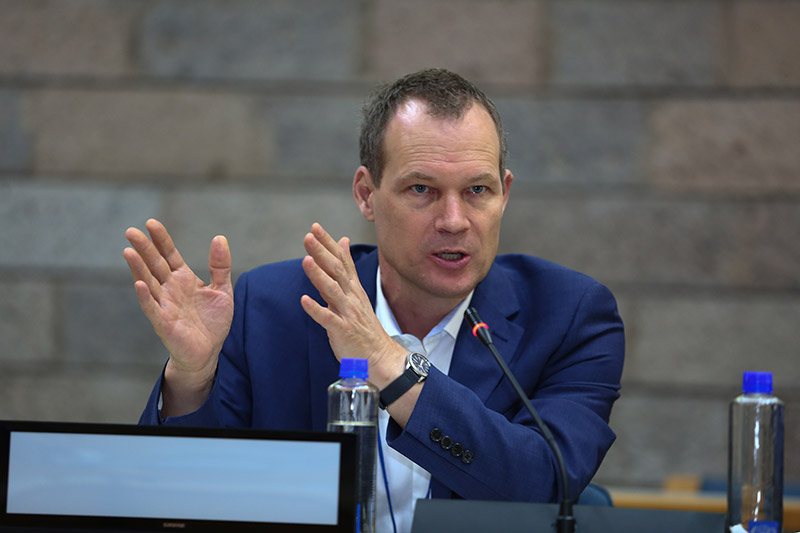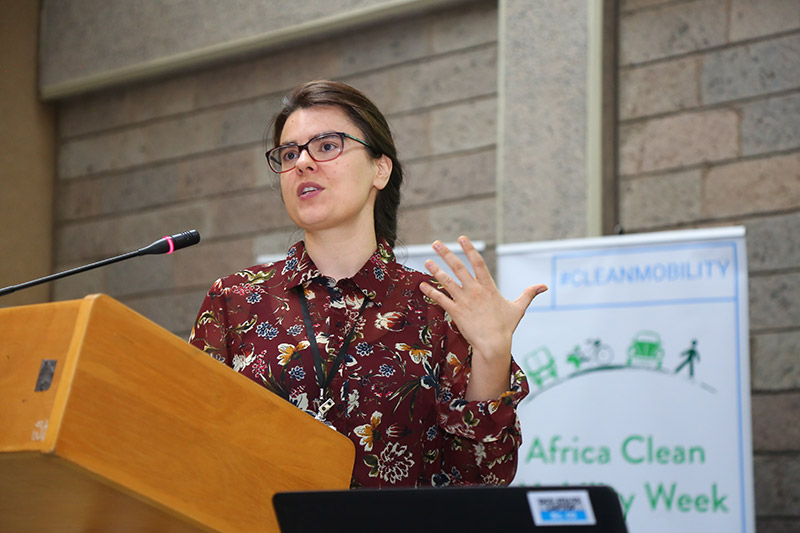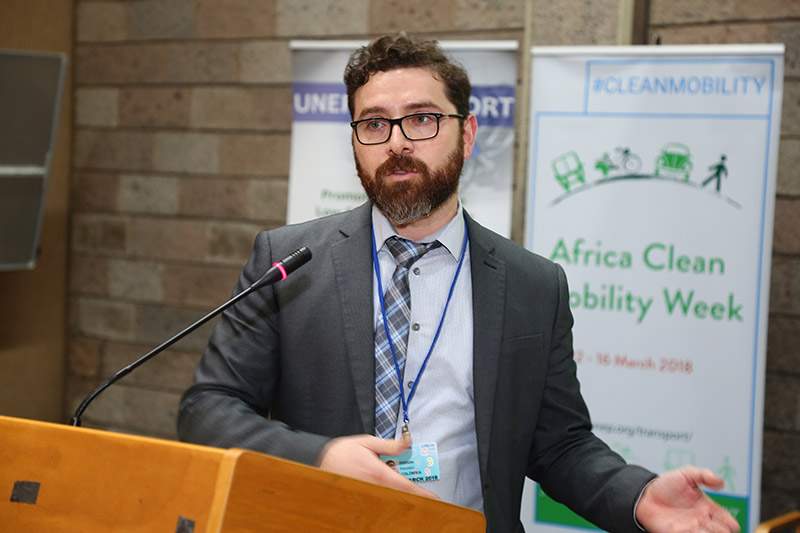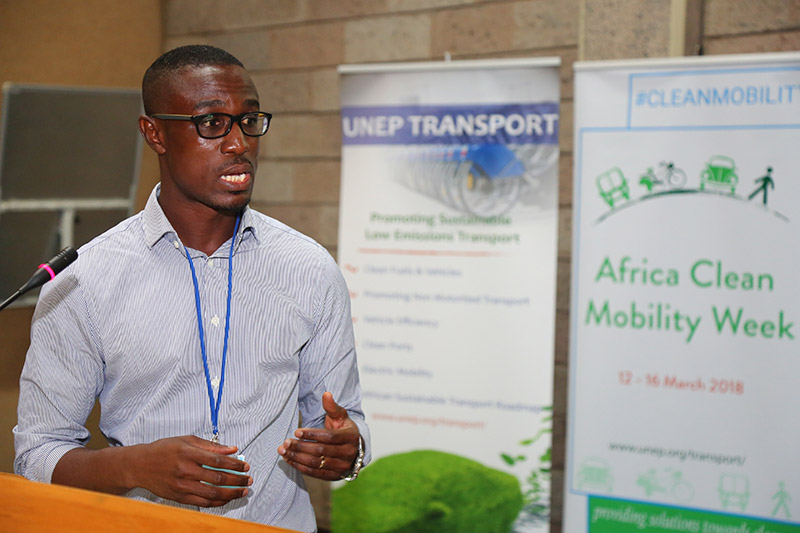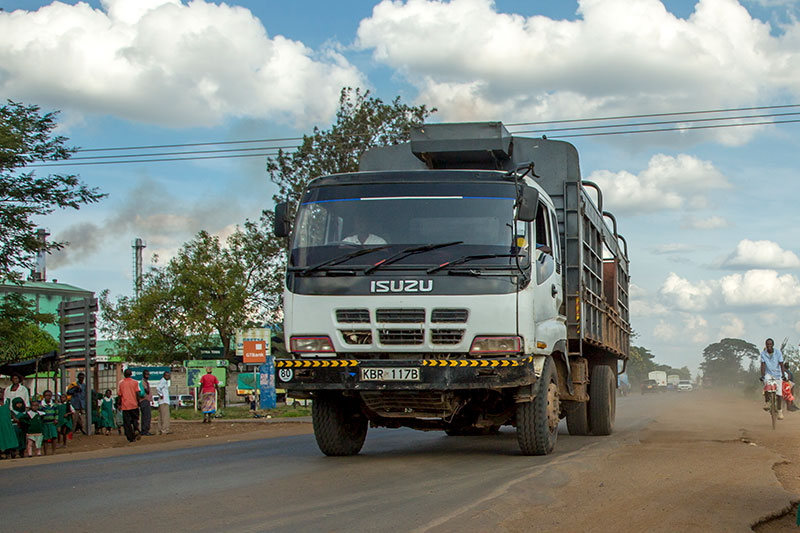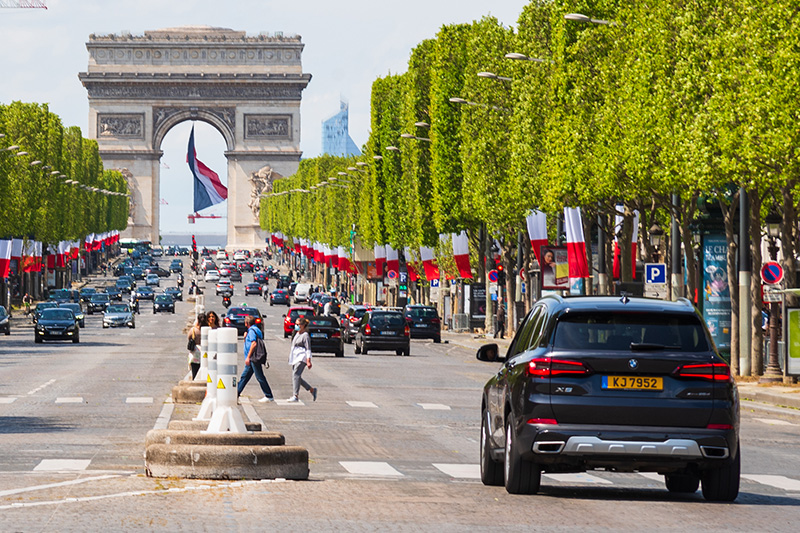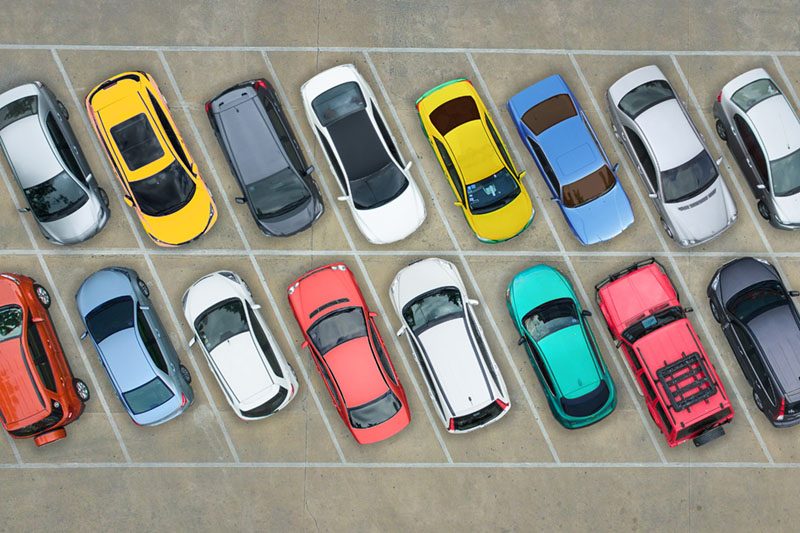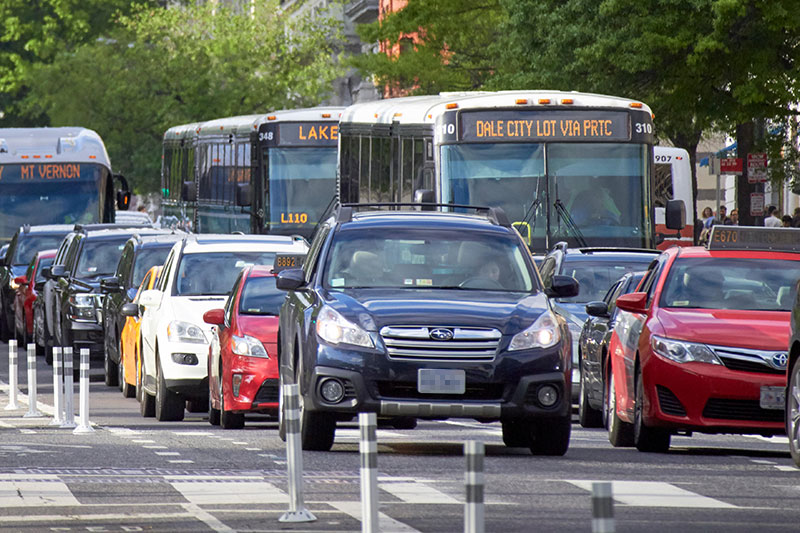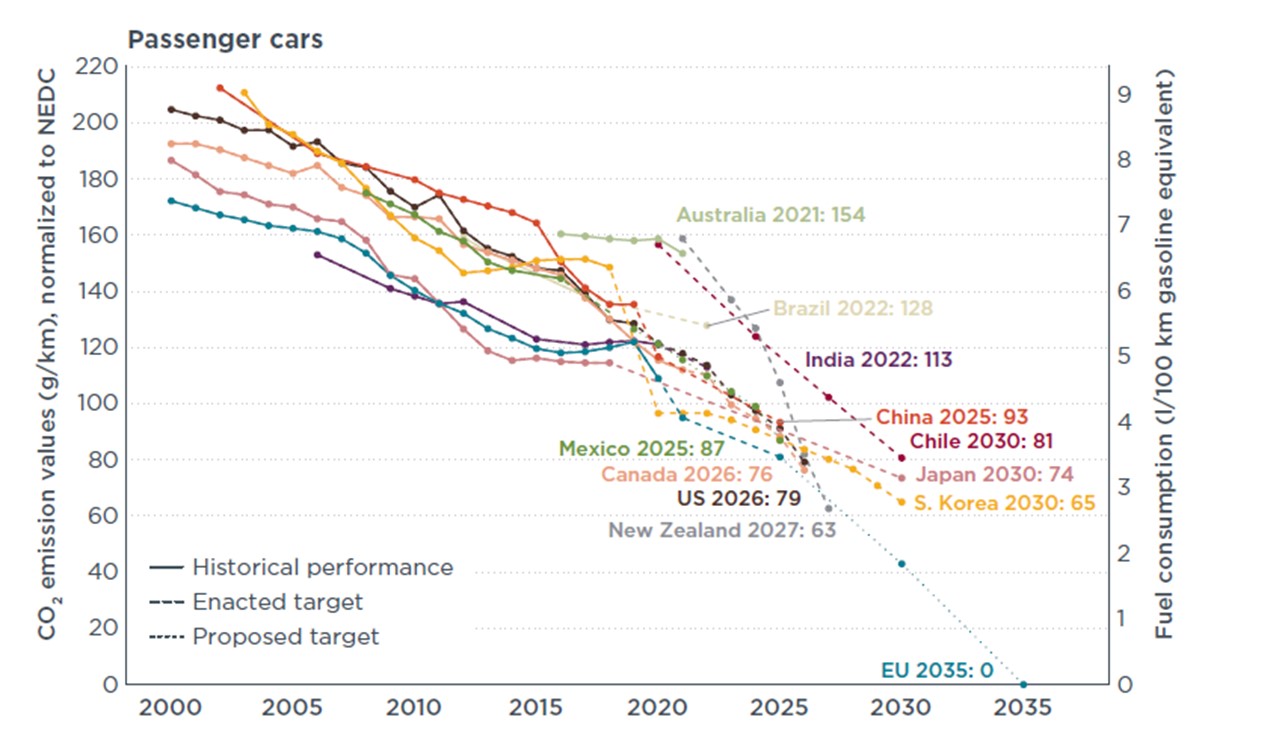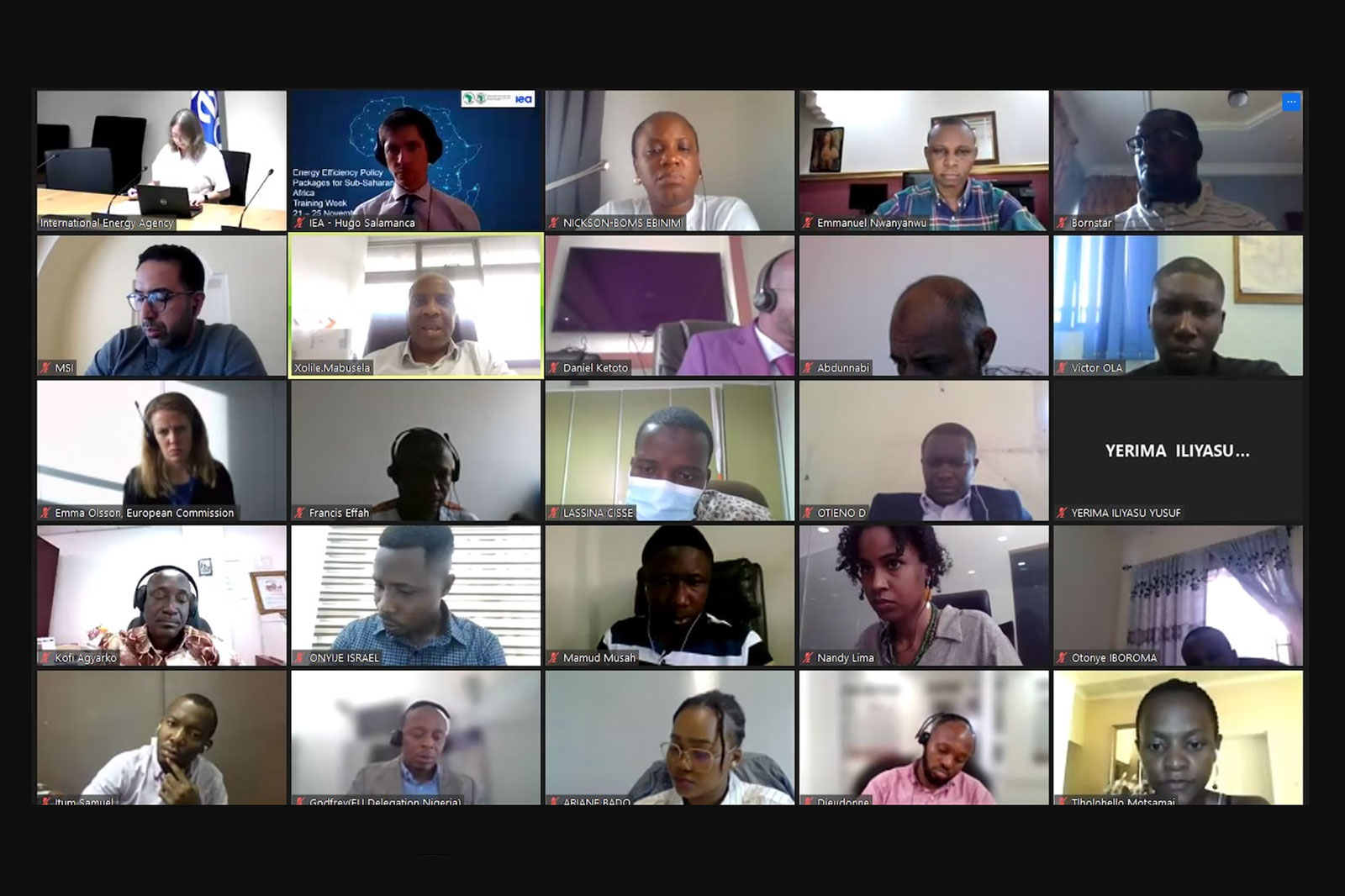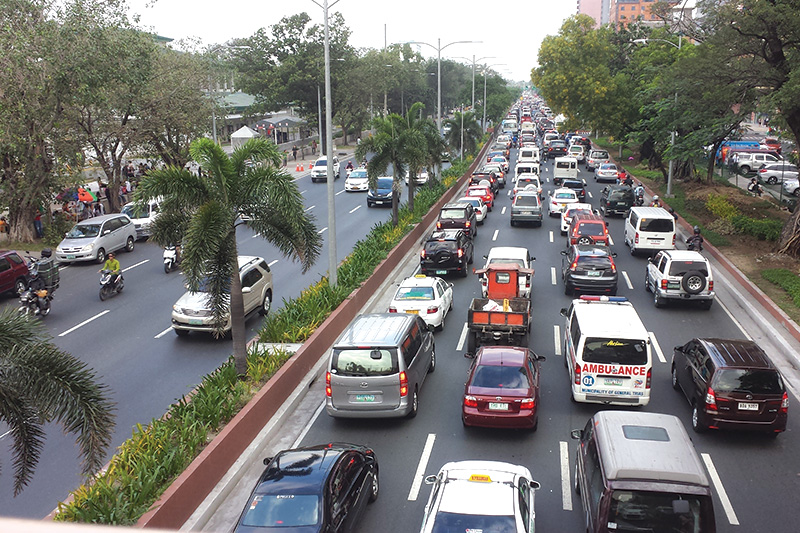Africa Clean Mobility Week – A tale of four countries
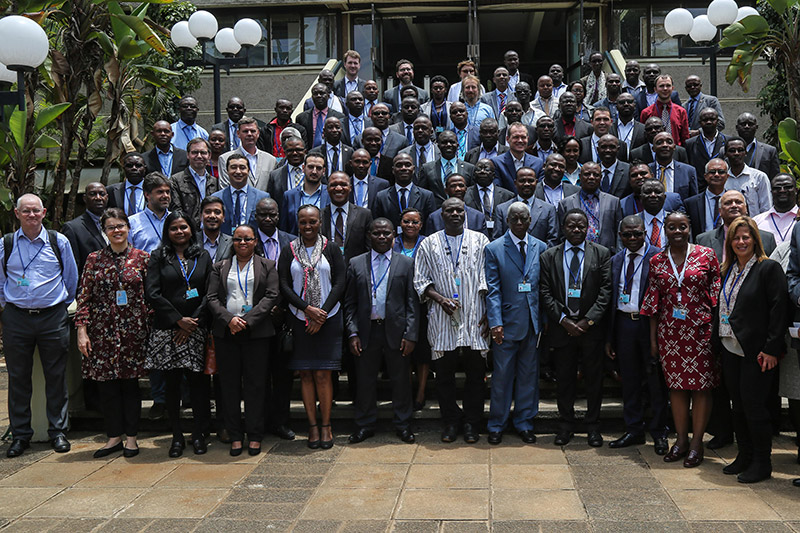
The transport sector globally contributes to almost one quarter of all global greenhouse gas (GHG) emissions and it is one of the main contributors to air pollution in most cities.
African countries and cities are not different, but they present unique conditions that require a thoughtful approach to solve the tradeoff between economic growth and sustainable development.
As Eric Solheim, Executive Director of the UN’s Environment Programme, and our host here in Nairobi this week said just today:
“This week African countries and partners meet at UN Environment Headquarters to develop a new sustainable mobility roadmap for Africa. One of the challenges they are discussing is the need to improve the environmental impact of vehicles fleets in Africa. Africa can achieve this by introducing policies that promote cleaner and more efficient vehicles, for example by providing tax cuts for efficient vehicles and introducing higher taxes for inefficient vehicles. And by introducing low and no emissions vehicles, especially electric vehicles. UN Environment is one of the leading partners of the Global Fuel Economy Initiative (GFEI) which aims to support countries around the world to double the efficiency of their vehicle fleets, and as part of this programme will continue to support African countries to clean up their fleets.”
The support provided by GFEI to African countries in particular in developing their passenger vehicle fleet baseline analysis has been fundamental to better understanding the current situation, and to identifying potential avenues to shift the transport sector onto a more sustainable path.
A case in point, is the stark difference between the baseline values for Kenya and Uganda. Kenya’s fuel economy (FE) baseline is 7.3L/100km or 170 gCO2/km , while Uganda’s FE baseline value is 12.0 L/100km or 280 gCO2/km. This large difference is explained by current regulations for in-use vehicle imports. The age limit for used imports in Kenya is 8 years old (an older vehicle can’t legally enter the market), while Uganda has no age restrictions. The result of those regulations is that the average used vehicle that enters the market in Kenya is 7 years old, and in Uganda that number is more than doubled to 16 years.
The lesson learned is that by adding vehicle age restrictions the Ugandan market could improve its used-vehicle market FE by more than 60% in one go. Moreover, the whole African market could move away from being an importer of inefficient technology and easily turn it into a progressive technology chooser. They could for example favour the import of used efficient vehicles, including hybrids and Electric vehicles, and this would improve both, fuel efficiency and air pollution issues.
To support this idea let’s take a look at Mauritius, an African island nation in the Indian ocean. A shift to more efficient vehicles was achieved there by offering lower import taxes to used hybrid vehicles compared to conventional ones. The tax benefit amounts to 30% for hybrids, and it resulted in a 50 fold increase in used hybrid vehicles imports between 2010 and 2017.
A key way in which electric vehicle (EV) adoption is accelerated is through strong coordination between utility companies and the EV suppliers, and in Kenya and Rwanda young entrepreneurs are building these links. In Kenya, a solar company turned electric vehicle startup is importing used Nissan Leafs (USD$6,000) and testing their performance in Kenyan roads. The lower speeds, stop and go traffic and shorter distances make these type of vehicle ideal for congested African cities. In Rwanda, a country overcrowded with old dirty motorcycles, Ampersand Solar is field-testing electric motorcycles as a solution to pollution and an economic alternative to expensive petrol and cheap hydro-powered electricity.
The lesson of this African Mobility Week in Nairobi is then to listen first to what Africa needs, and what is being successful there, then to marry that with just use enough of the formal methods that apply elsewhere, and thus begin to turn the tide on air pollution and GHG emissions in the region.
